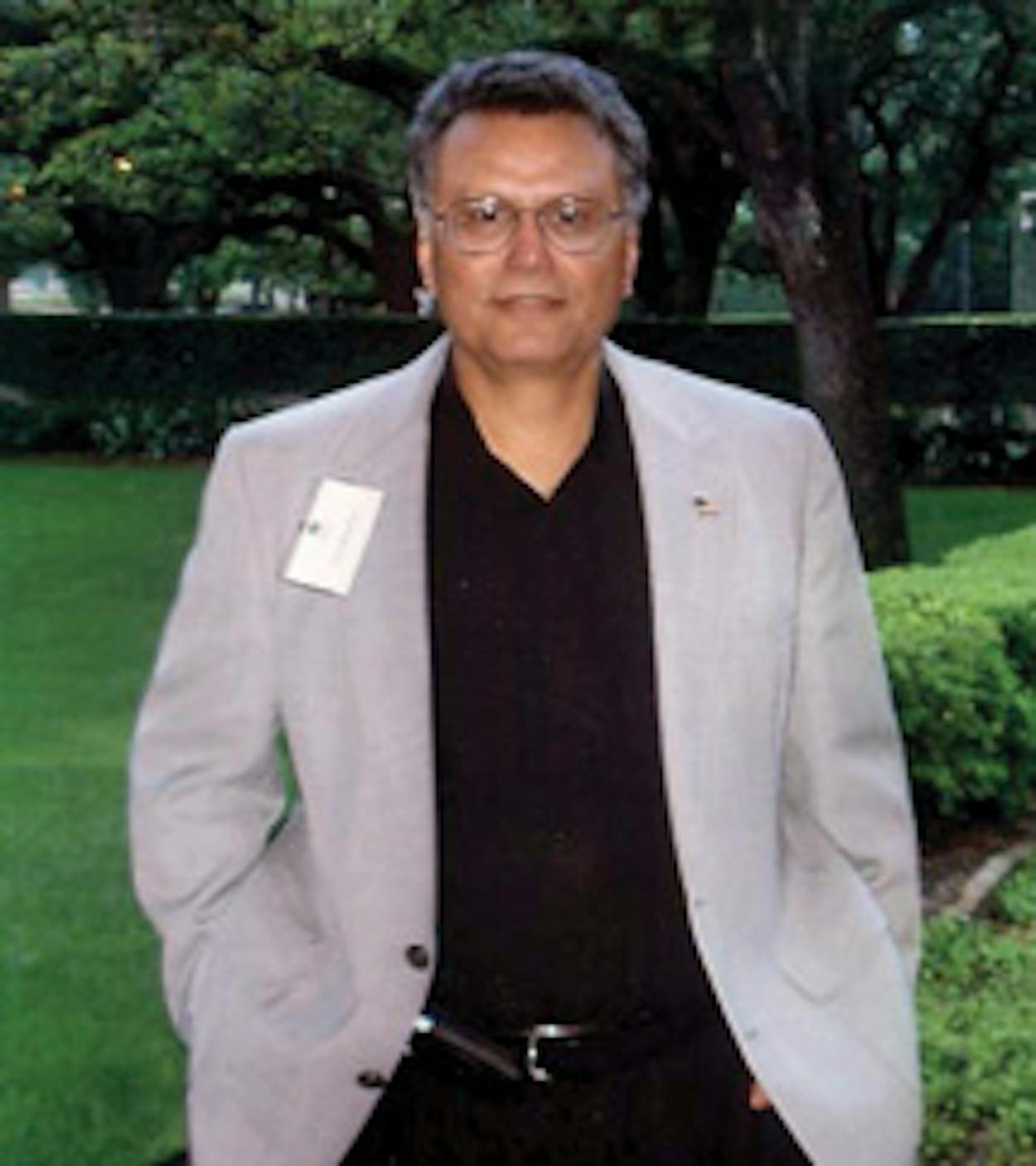An interview with José P. Ramirez Jr.
After being diagnosed in 1968 with Hansen’s disease—more commonly known as leprosy—at the age of twenty, Ramirez was taken from his hometown of Laredo to a leprosarium in Carville, Louisiana, then the only such facility in North America. In SQUINT: MY JOURNEY WITH LEPROSY, the now healthy Houston social worker talks about the seven years he spent there and dispels the many myths attached to one of the world’s oldest diseases.
Describe the events and circumstances leading up to your diagnosis. For up to six years prior, I’d had recurrent bouts of high fevers; progressive loss of sensation in my hands, forearms, and legs; extreme hypersensitivity to pain; and slow-healing sores. At Mercy Hospital, in Laredo, a biopsy of an open sore on my left hand resulted in my diagnosis. My parents were told I had to go to Carville for treatment. With my poor health, the doctors strongly advocated for an ambulance. At the time, all ambulance service was provided on a fee basis by local funeral homes. After informing a funeral home owner of the nature of the trip, my parents were told, “Ambulances are for the living, hearses for the dead.” So I was transported in a hearse.
What is the most persistent misunderstanding about Hansen’s? The immediate reaction is “What? I had no idea it still existed.” In general, the public still believes that the disease is linked to sin, that it is highly contagious, that the nose and limbs fall off. In fact, the isolation of persons affected by leprosy is no longer medically indicated because it is now known that the disease is only mildly communicable—97 percent of the world’s population is immune. It is not hereditary, it is not sexually transmitted, and it can be cured by medication within a matter of days.
How did you and your family deal with misunderstandings about Hansen’s? Discussions about my history with leprosy were restricted to a few close friends. I still felt the stigma linked to the disease, and the ongoing use of the word “leper,” the “l-word,” in a pejorative manner made me and my family subject to rejection and ridicule. Additionally, the fear shown by some persons at work and at church, and even by neighbors, reinforced the urge to remain silent. Then, in 1994, I was invited to be one of several speakers to celebrate the centennial of Carville. During my presentation, I started to cry uncontrollably. I realized that many others diagnosed before me had cried just as hard but did not have the opportunities to live and work in the community. As a result, I committed myself to becoming an advocate, an ambassador, for persons affected by leprosy. They deserve dignity and respect, even in death.
Did writing Squint provide any emotional closure for you and your family? It has helped me to heal from the pain of forced separation from loved ones, the trauma of being labeled, and the guilt of alleged sin. The healing process continues as I do interviews, return to Laredo to see my siblings and visit my parents’ graves, and reach out to my brothers and sisters at Carville and throughout the world. I participate in the development of international policy with the World Health Organization. My education of others slowly erodes the scars that are buried deep in my soul. University Press of Mississippi, $28 (Read an excerpt)







